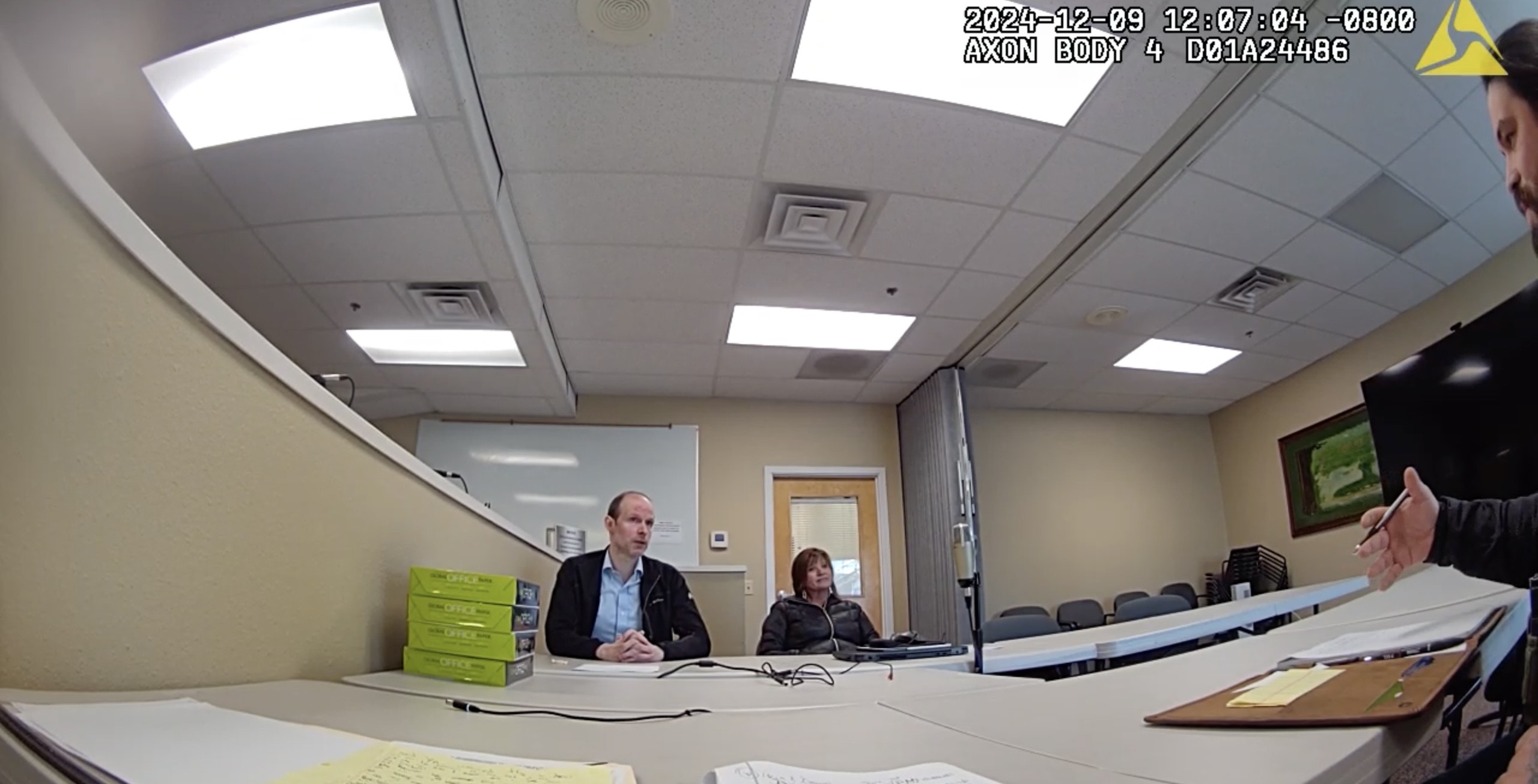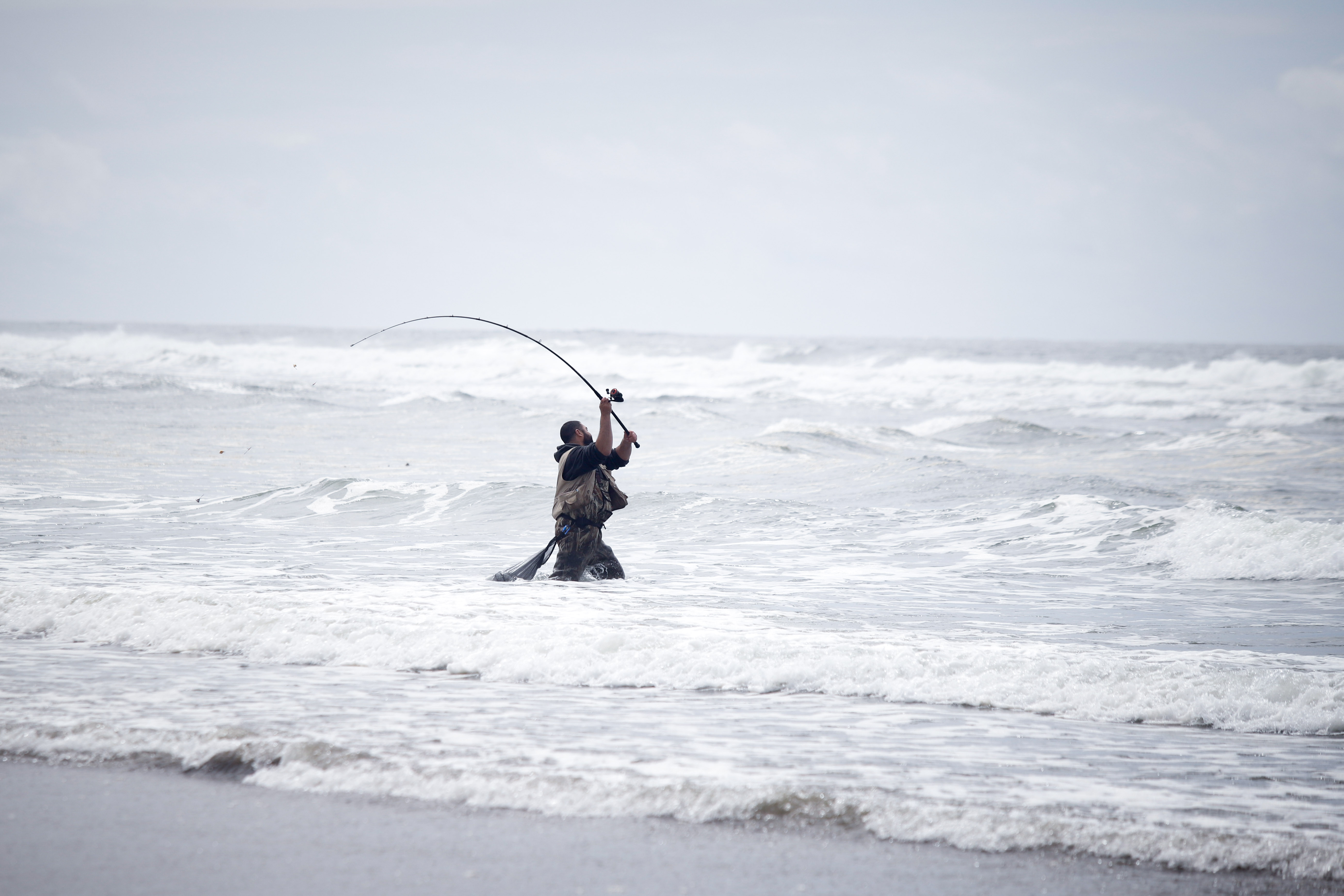LB moves ahead with berm project
Published 5:00 pm Monday, October 22, 2012
LONG BEACH Last Thursday, the Peninsula prepared for the big one by performing a test of the tsunami warning system and participating in the Great Washington Shakeout.
As another facet of the disaster preparation process, the staff at the city of Long Beach agreed to take the next step in a pilot project to conduct research and plan for construction of earthen berms to serve as vertical tsunami evacuation structures.
Tall, man-made structures that look like grassy hills, berms can be found in Japan as an option for people to seek higher ground in the event of tsunami.
At Mondays Long Beach City Council meeting, the council passed a resolution authorizing City Administrator Gene Miles as the agent to execute a grant application for the amount of $1 million from FEMAs Hazard Mitigation Grant Program for the research, design and ultimately the construction of earthen berms. Community Development Director Gayle Borchard was designated as the agent alternate.
Project Safe Haven, described as a grassroots process to develop ideas and strategies about vertical evacuation, brought together University of Washingtons College of Built Environments, emergency management officials and earthquake and tsunami experts to assess the evacuation needs for Long Beach, Ilwaco, Ocean Park, Tokeland and North Cove. After conducting site visits and soliciting public comment, it was determined that Long Beach is in great need of vertical evacuation structures as there is no higher ground located within the city limits.
According to the projects report, a tsunami generated by a distant earthquake would allow for a couple hours notice for residents to evacuate or it may not affect our area at all. In contrast, a local earthquake would provide little time for people to react and likely cause a tsunami.
The last 9.0 Cascadia subduction zone earthquake that shook our area was in January 1700 in a cycle that recurs on average every 300 to 500 years. Some experts predict that it will happen sometime in the next 50 years in the southern portion of the subduction zone in the vicinity of the Oregon-California state line. The northern section near us may have a longer timeline.
Information gathered through Project Safe Haven states that a local subduction zone earthquake will originate approximately 80 miles off our coast and last five to six minutes. It could cause the ground to liquify or drop in elevation by as much as six feet, rendering motor vehicles useless. Tsunami waves would being arriving within about 40 minutes after the shaking stops, with the first wave estimated to be around 22 feet high.
Building a chance to survive
Numbers like that can paint a picture of little hope for many and thats why Borchard says Project Safe Haven is so important to the community.
As a government, were obligated to look at the safety of our citizens, she explains. Youre dealing with something you hope will never happen, but you know it will happen to someone someday.
A 9.0 event will knock you to the ground, Borchard explains. The shaking will feel like minutes. Foundations will fail, buildings will fail … Long Beach will be dead because there is no high ground. I am confident that if nothing is done, everyone in Long Beach will be dead.
Evacuation structures would need to be easily accessible on foot within 15 minutes time and be able to hold evacuees for 12 to 24 hours (until there is no longer a threat of incoming waves). There were three structure options that were considered: buildings,towers and berms. Project Safe Haven documents explains:
Berms are artificial high ground created from soil. They typically have ramps at a 1:4 slope providing access from the ground to the elevated surface. Berms have a large footprint on the landscape, giving the appearance of an engineered and designed hill (see Figure 4). A berm can range in size from 1,000 square feet for 100 people up to
100,000 square feet for 10,000 people.
A tsunami evacuation tower can take the form of a simple elevated platform above the projected tsunami wave height, or a form such as a lighthouse, that has a ramp or stairs leading to an elevation above projected wave height. A 500 square foot tower can accommodate 50 people and a 1,000 square foot tower can accommodate 100 people.
A building used as a tsunami evacuation structure has several lower levels that allow the tsunami wave to flow through it or the building is faced in a manner that the structural integrity of the building will support the force of the wave. Tsunami refugees seek safety in the upper floors of the building. Typical tsunami evacuation buildings are hotels or parking structures.
Borchard says the plan is to construct five berms, which is the option that would hold the most people at the lowest cost.
Its cheap compared to a parking structure for a couple million, she notes.
Potential sites for the berms all on the east side of town have been chosen. Since there has not been another project like this in the U.S., berm heights are still to be determined through more intensive research funded by the grant. A reference design is horseshoe shaped with a reinforced wall on the ocean side for protection from water and debris, and a slope on the opposite side similar to the shape of a rubber doorstop. Some ideas for making the berms multipurpose is using the surface as a play area, seating area for recreation events, a kite-flying mound, a viewing area or a place for outdoor music events.
Through Oct. 29, the city is accepting letters expressing support of the project. Those letters will be added with the grant application that must be turned in by Oct. 31. Letters can be dropped off at Long Beach City Hall; mailed to P.O. Box 310, Long Beach, WA 98631; or emailed to planner@longbeachwa.gov. For more information on Project Safe Haven can be found at: https://catalyst.uw.edu/workspace/wiserjc/19587/116498.





